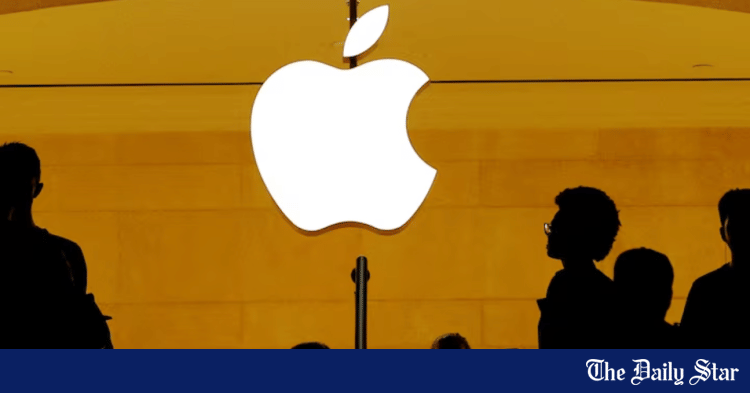In the ever-competitive landscape of artificial intelligence and automation, companies are increasingly focused on the tools that can efficiently optimize their operations. This article conducts a detailed comparison of leading platforms such as Make and Zapier, as well as OpenAI and Anthropic, analyzing their strengths and weaknesses to help SMB leaders and automation specialists make informed technology investments.
Make, formerly known as Integromat, is praised for its user-friendly interface and flexible automation capabilities. It enables users to create complex workflows that integrate various applications seamlessly. One of its standout features is the visual drag-and-drop editor, which allows users to see the flow of data and processes in real time. This aspect caters especially to non-technical users, facilitating ease of adoption and speeding up implementation times. Moreover, Make supports a wide range of apps, making it suitable for businesses with diverse software ecosystems.
Conversely, Zapier shines in its simplicity and extensive library of over 3,000 integrations, fundamental for automating repetitive tasks quickly and efficiently. Its clarity and straightforward setup make it particularly appealing for small businesses new to automation. However, Zapier’s strength in simplicity comes with limitations; it primarily focuses on ‘if this, then that’ (IFTTT) logic, restricting more complex workflows that industries dealing with sophisticated data manipulation might require.
In terms of cost, both platforms adopt subscription-based pricing models, which can be commensurate with business size and use case. Make offers a free tier, making it more accessible to startups, but its premium pricing can escalate with additional modules and operations. Zapier also provides a free plan but tends to charge higher monthly fees for premium features. Ultimately, the choice between the two will depend on the specific needs of the business—while Make offers broader capabilities for complex workflows, Zapier’s simplicity can be a decisive factor for those seeking efficient task management with minimal training.
When considering return on investment (ROI), both platforms can provide significant efficiency gains. By evaluating the time saved on repetitive tasks and the reduction in human error, businesses can quantify the benefits of adopting these tools. For instance, a company automating customer follow-ups may see a 30% reduction in response time and increased customer satisfaction, translating into enhanced customer loyalty and, consequently, revenue growth.
Transitioning to the AI sphere, OpenAI and Anthropic represent two of the most formidable contenders in AI development. OpenAI, with products like ChatGPT, offers extensive language model capabilities that can be harnessed for customer service, content generation, and even data analysis. One notable strength is its adaptability across various sectors, which allows it to cater to a wide audience. However, the platform currently carries concerns about bias and ethical considerations in its outputs, necessitating careful monitoring from users to govern usage responsibly.
Anthropic, on the other hand, has taken a different approach—focusing heavily on safety and alignment. Their AI models are designed with adherence to ethical guidelines at their core, making them particularly appealing for organizations concerned with responsible AI deployment. Although Anthropic is relatively newer and has fewer integrations and functionalities compared to OpenAI, its emphasis on safety can act as a significant selling point for businesses that prioritize ethical considerations in tech utilization.
When assessing costs and scalability, OpenAI generally requires a pay-per-use model that can be cost-effective for businesses needing sporadic use but may become expensive with sustained high-volume applications. On the other hand, Anthropic’s pricing model is less established, but the commitment to ethical safety guidelines might justify a premium for companies valuing ethical considerations.
Both OpenAI and Anthropic present solid ROI opportunities through improved operational efficiencies, namely through automating content creation, enhancing customer interactions, and streamlining data insights. However, companies must conduct thorough assessments of how these AI platforms influence not only productivity metrics but also customer experience outcomes.
In light of recent high-profile departures in the tech industry, particularly involving Apple employees transitioning to competitors focused on AI, it’s essential to recognize the rapidly evolving competitive landscape in talent acquisition. Such dynamics are indicative of the ongoing war for top talent within the industry, making investments in the right platforms crucial for retaining skilled personnel who seek innovative, forward-thinking environments.
Professionals in the AI and automation sectors must adopt a discerning eye towards platform capabilities, cost structures, and ethical considerations while planning their strategic investments. By leveraging comprehensive insights into the competitive landscape and the unique attributes of each tool, organizations can optimize both their operational frameworks and talent acquisition strategies.
FlowMind AI Insight: As the industry continues to evolve, prioritizing tools that enable seamless integration and ethical considerations will be paramount for SMB leaders. Transitioning to platforms that not only enhance operational efficiency but also align with ethical standards can safeguard a business’s reputation in an increasingly socially-conscious marketplace. By making data-driven decisions, businesses can tap into the evolving capabilities of AI and automation, ensuring they stay competitive and responsible.
Original article: Read here
2025-09-03 10:06:00

